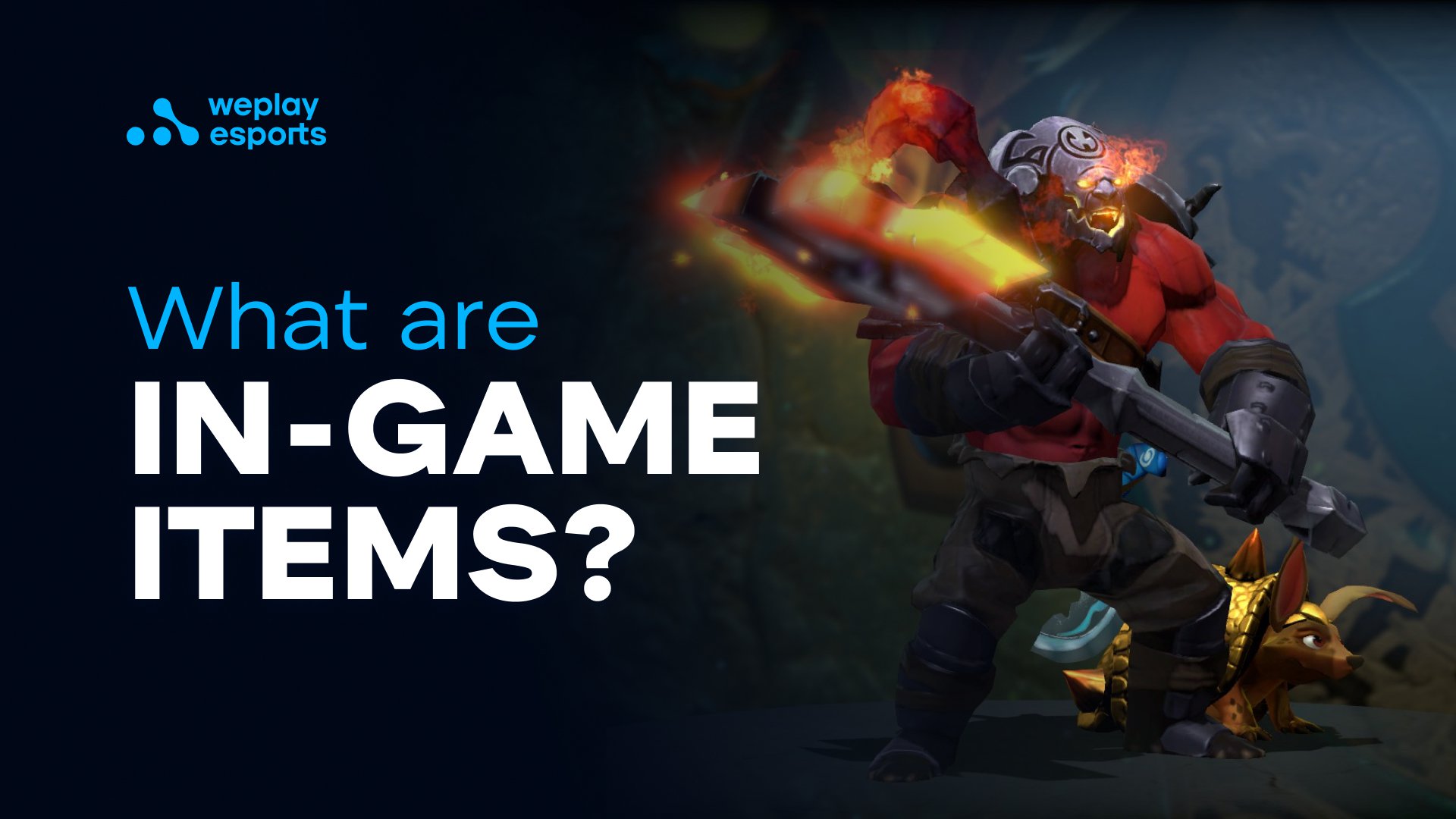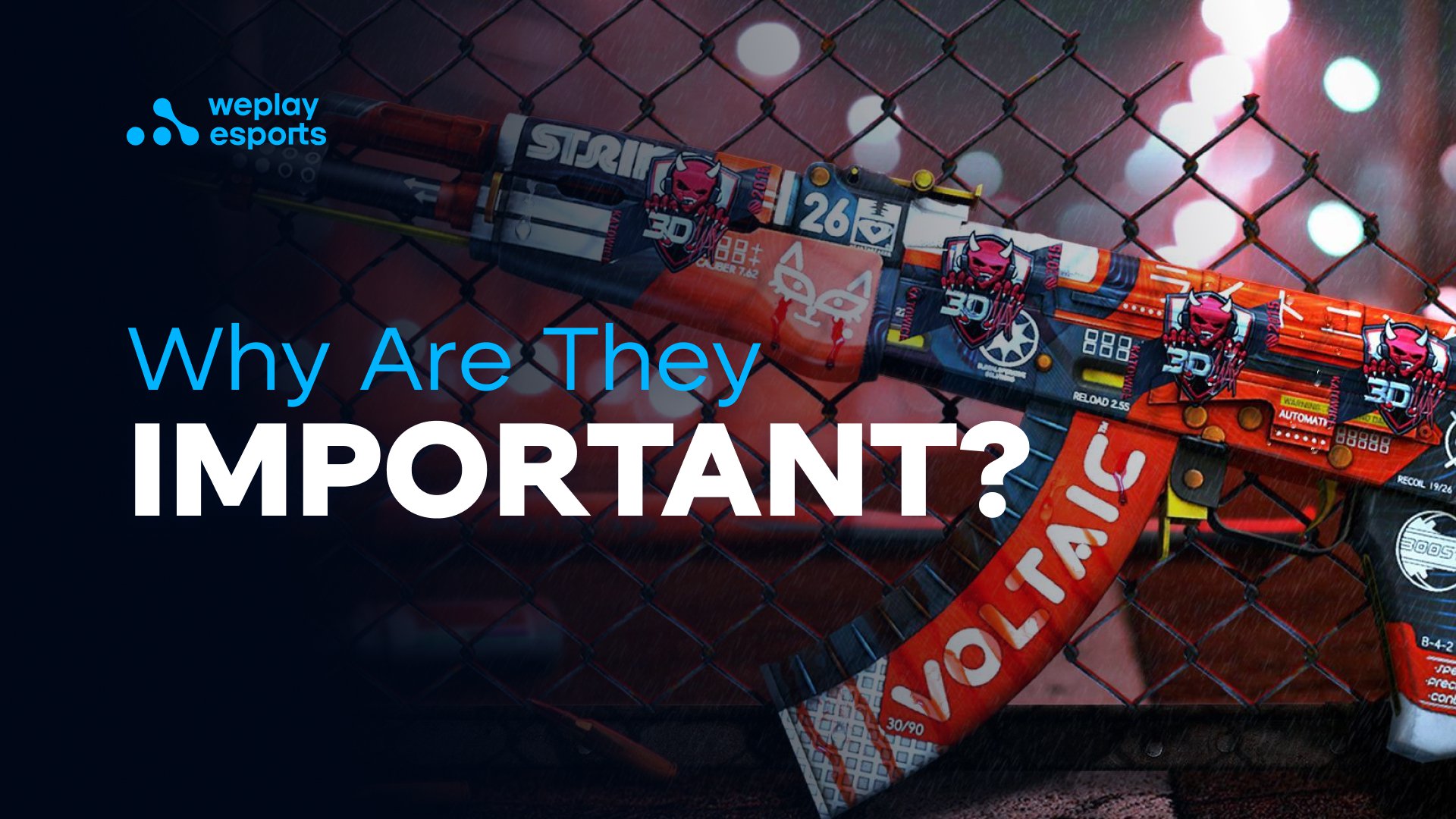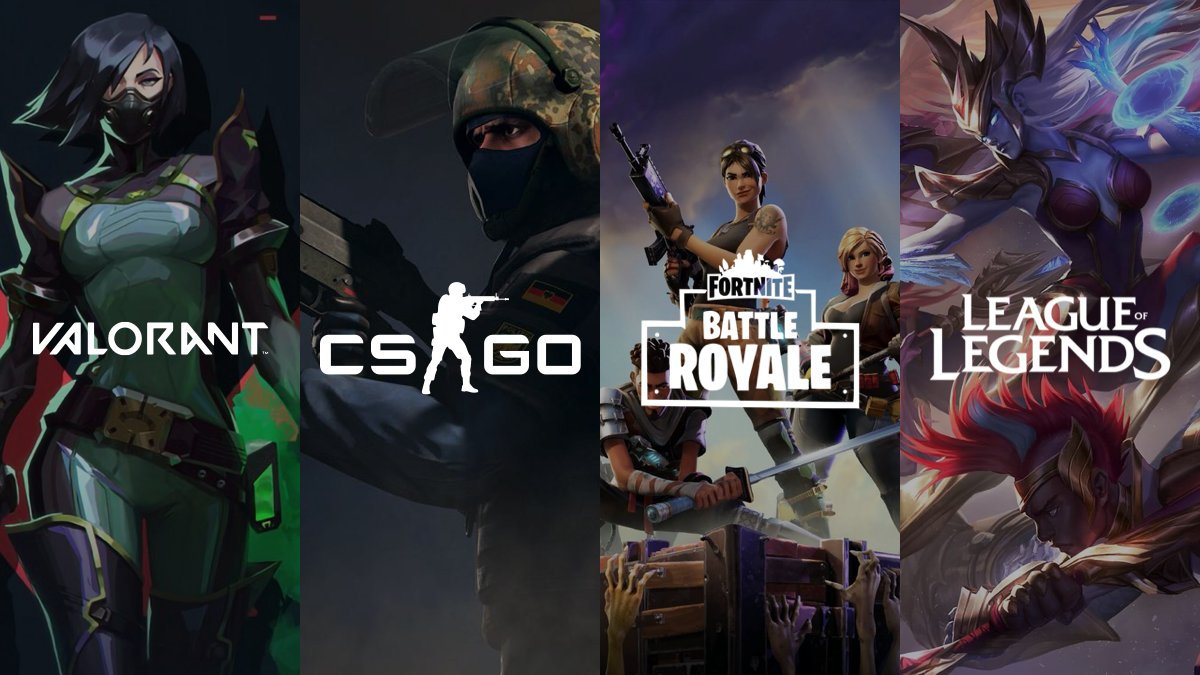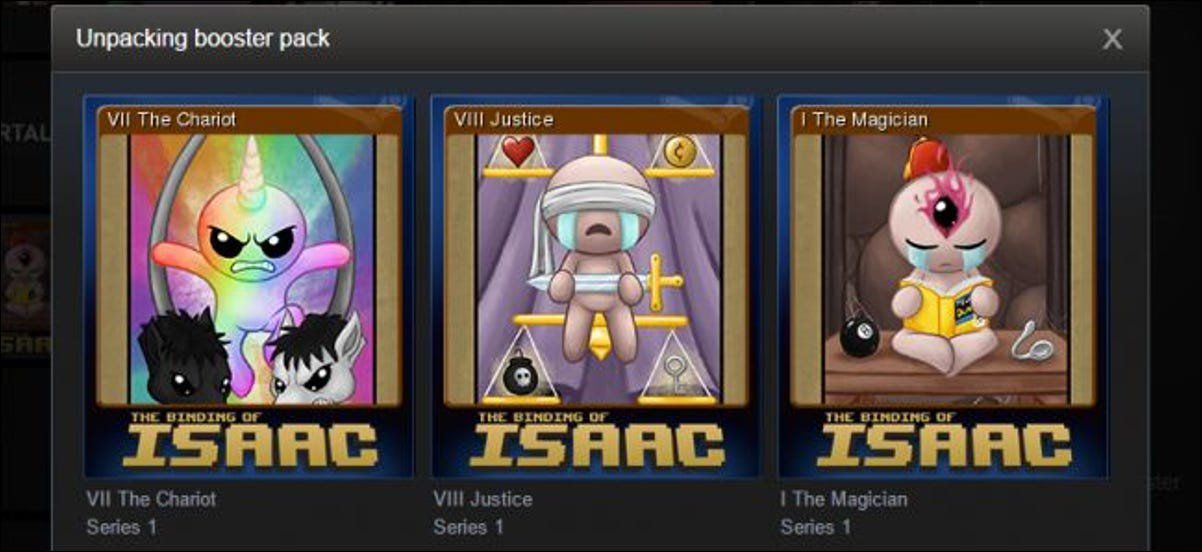July 31, 2021
In-Game Items: what are they, and how are they shaping the video-game industry?
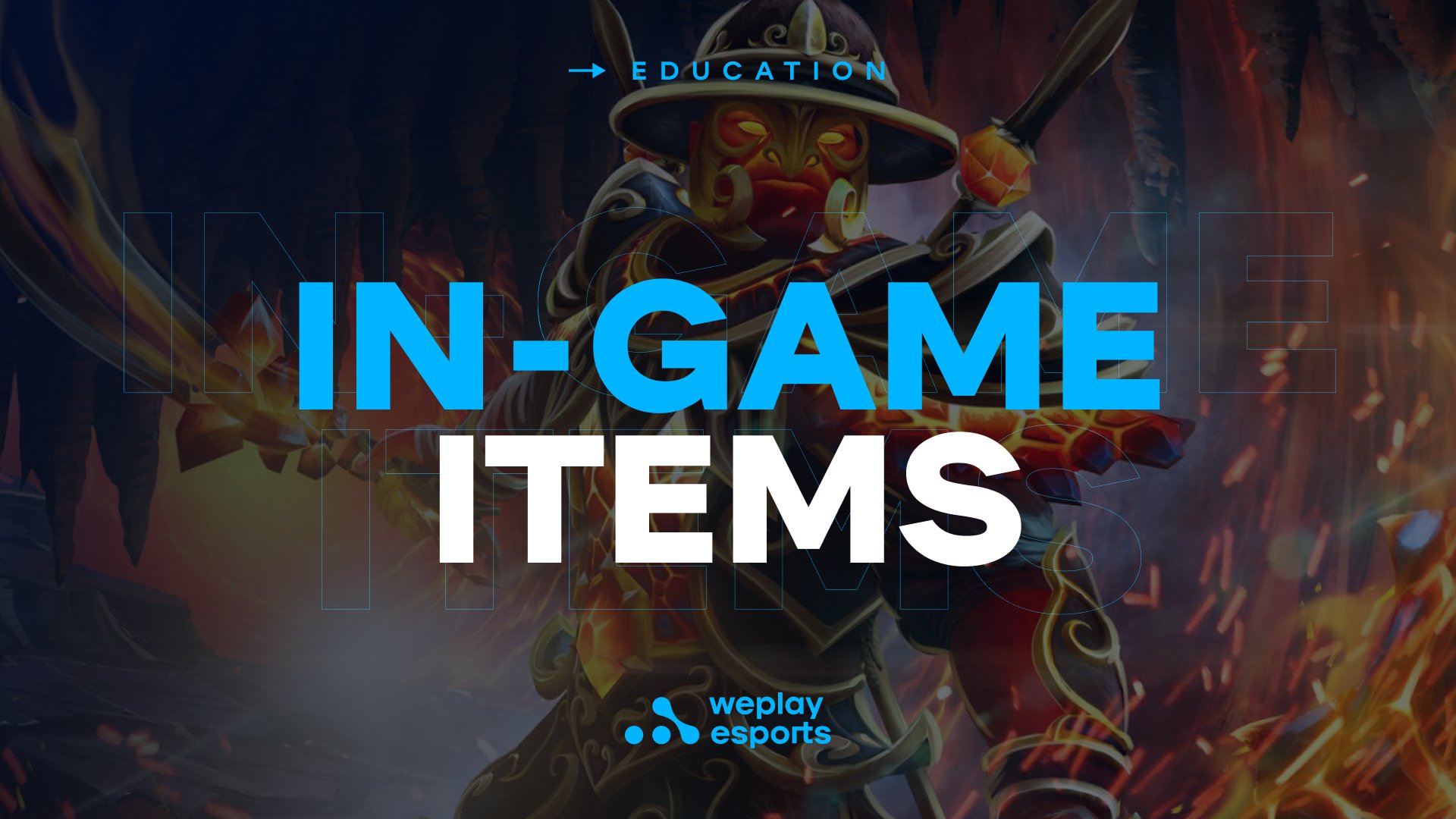
5 min read
The virtual marketplace is a fascinating place filled with video game equipment and skins to delight buyers and sellers alike. There are a dozen different website options out there for players to get precisely what they want for a (hopefully) fair price.
But before people start arguing about limited loot and collector's editions, let's get the basics straight.
What are In-Game Items?
Generally, in-game items are purchasable weapons, armor, or cosmetic skins that players can buy to make their character stronger or improve a gaming experience. Video game producers consider them to be virtual goods. Some players earn them through leveling up, others purchase them with real money, but generally, games give both options. Players can earn in-game items as they level up or beat up monsters, but if they want any extra loot, they have to pay real money.
Some examples are the hextech chests in LoL, the armor and weapons in WoW, and loot boxes in CSGO.
Why Are They Important?
Players love these items for a handful of reasons.
One, and the most basic of all, players like to get better. They enjoy improving their character's skills and making them as strong as possible. Sometimes, purchasing in-game items can be the best way to turn your heroes into legends.
Two, in-game skins have become a wild hit in the multiplayer gaming world. It's a perfect way for players to show their individuality, dedication to the game and feel unique and proud of their characters. Gamers have proven that they're willing to spend hundreds, if not thousands, on these cosmetics.
Three, some in-game items are fun ways to commemorate certain events. For example, FFXV will have different annual events with gift rewards and LoL will give its players certain skins for being an honorable player all year.
The Top 10 Games with In-Game Items
Some of these games are just popular games with many in-game purchases; others are epic record-setters with pricey items. So let's talk about them.
At the lower end of the list are skin/in-game item powerhouses, the kind that may not have the most expensive items, but they still sell a lot of them and are wildly popular as games, meaning they make a lot of sales. This includes the likes of LoL, Fortnite, and FFXV. LoL is known for its lucrative skin-selling, Fortnite is similarly breaking into the business with Thanos and co., and FFXV is always open to expensive mounts and dresses for its players.
Some of the lower-tier record-setters are DOTA 2, WoW, Diablo 3, Runescape, and EVE Online. Players know these games for their markets (even when their market got shut down; looking at you, Diablo 3). But they all have consistent ways of selling skins and items between players and netting thousands of dollars for a party hat, a cool mace, or a flaming pink war dog.
While all these games are impressive, the absolute kings of in-game items have to be CSGO and Entropia.CSGO not only has players paying thousands for the rarest skins, but their skin-betting system has made their entire operation all the more popular. Now, some people buy skins just to try to win their gambling raffles.
Similarly, Entropia brings in absurd amounts of money. The sci-fi MMO holds the top spots for the most expensive in-game items. Club Neverdie, Planet Calypso, Treasure Island… Entropia's world has some of the most expensive virtual places to visit.
Can Items Be Bought With Real Money?
Yes! Actually, most in-game items can be bought with money. While many video games offer free ways to acquire these items, they also give their players the option to purchase them with real currency instead.
Whether it's Overwatch loot crates or WoW plate armor, fans can almost always buy in-game items.
This system can come with problems and controversy, though. For example, the Diablo 3 in-game auction house was a troublesome system that caused serious problems in the game's balance. You could pay with in-game coin, not just real money, but that didn't fix the problem. Blizzard ultimately shut it down for "undermining the game's core mechanics" of destroying monsters for loot.
What Payment Methods Are Used To Buy In-Game Items?
All of the top games that sell in-game items have their own "currency". For example, LoL uses "Riot Points" for all transactions and players can purchase it online. However, buying those different in-game currencies is another matter. Players can just use their credit cards, but Paypal is also widely accepted. Some places even accept Amazon or CVS gift cards (yes, really).
Where Can I Sell In-Game Items?
There is an array of options for selling your in-game items. All you have to do is search around the internet.
For some catch-all sites, there's Player Auction, GameFlips, LootHunt, and Mulefactory. They give options for games like Fortnite, WoW, and many others. They try to cover as many popular games as they can.
Specialized markets also exist, though. CSGO has quite a few sites dedicated to selling skins between these dedicated FPS fans. Some of these sites include BitSkins, Skins.Cash, and DMMarket. WoW also has an item-selling site called RaidItem.
The Steam Factor
One weird and unique example of "in-game" item selling is Steam. In Steam, people get achievement trading cards for the games they play. They can then sell those cards for real money. There are a handful of things that people can sell like this on the Steam market. While most of it sells for pennies, some rare cards and pieces sell for almost $2,000.
